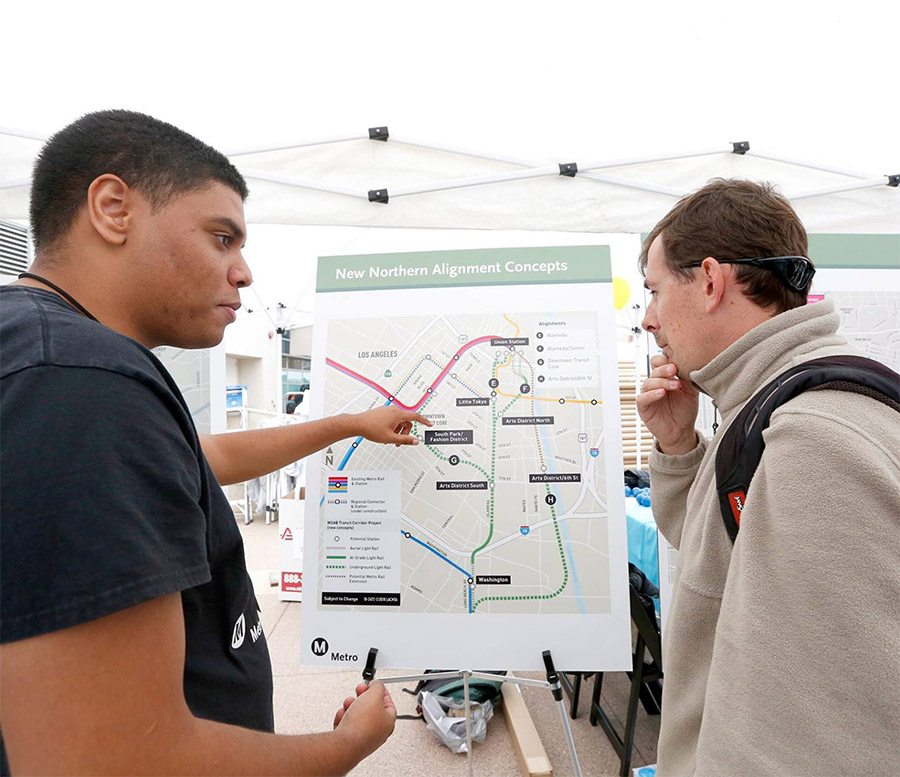In 2004, while pursuing transit-oriented development (TOD) strategies as a method of sustainable job creation, we found that these traditionally industrial towns were thick with high-volume freight rail lines close to expressways and intermodal freight terminals. These assets were anchoring new industrial parks in exurban areas, but were not leading to the redevelopment of vacant industrial districts. In collaboration with the South Suburban Mayors and Managers Association (SSMMA), we rolled up our sleeves and began to invent ways to bring COD to older industrial communities.
We conducted a GIS scan of the communities and identified over 3,000 acres of vacant industrial land with excellent access to freight transportation assets, in blocks large enough to attract investment. Finding that most of these properties were brownfields, we helped SSMMA connect with USEPA resources to remediate or fully assess over 800 brownfield acres in potential COD sites.
To guide our work with SSMMA, we established the Green TIME Zone, a holistic strategy for using TOD and COD in tandem to bring community development and job growth to disinvested towns. The Green TIME Zone was awarded a federal Sustainable Communities Challenge Grant, which we used to seed a development loan fund and a land bank that now plays an important role in site assembly. Our advocacy secured over $30 million in public and private infrastructure investments that are making COD sites more developable and more sustainable.
In partnership with four community colleges, we established a growing program to train area residents in certified manufacturing and logistics skills in demand by local employers. In 2013, the State of Illinois enacted the Brownfield Redevelopment and Intermodal Promotion Act (BRIMPA), a CNT-SSMMA proposal, which established a $21 million fund to spur private investments in south suburban COD. To take advantage of these new resources, we created a pipeline of potential COD projects at various stages of site or financing preparation. Several businesses employing approximately 300 workers have recently emerged from this pipeline.





 Strengthening Transit Through Community Partnerships
Strengthening Transit Through Community Partnerships